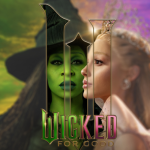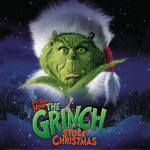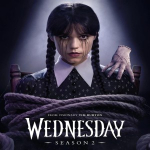Effective Strategies for Streamlining Email Management
June 25, 2023

1. Prioritize Deletion to Reduce Clutter
An essential part of managing your email effectively is to delete unnecessary or irrelevant messages immediately. This will reduce clutter in your inbox and allow you to focus on more important emails without getting bogged down by unimportant information.
2. Implement Multiple Email Addresses for Organization
Using different email addresses for various purposes can help keep your email organized and segmented. For example, you may have one address for personal use, another for work-related matters, and a third for subscriptions or promotions.
3. Keep Emails Brief and Straightforward
To reduce the time spent on reading and writing emails, try to keep your messages concise and clear. Focus on the main points you want to convey without going into too much detail unless absolutely necessary.

4. Utilize Email Groups or Distribution Lists
Create groups or distribution lists in your email client to streamline communication with multiple recipients. This strategy can save time when you need to send out mass emails or information updates to specific teams or groups within an organization.
5. Develop Email Templates for Recurring Communications
If you find yourself sending similar emails frequently, create templates or canned responses that can be repurposed with minimal editing. This approach will help speed up repetitive tasks and maintain consistency in communication across different recipients.
6. Repurpose Subject Lines Strategically
Reusing subject lines for similar email threads can make it easier to identify related conversations quickly and efficiently when sorting through your inbox.
7. Organize Emails by Importance Using Sorting Tools
Email clients often offer sorting features that allow you to filter your inbox by importance, sender, and other criteria. Use these tools to streamline the process of locating specific messages or identifying those that require immediate attention.

8. Eliminate Distractions by Turning off Notifications and Closing Emails
Constant email notifications can be a significant distraction when you are trying to focus on other tasks. To manage your workload more effectively, turn off these alerts and close your email client when you need uninterrupted concentration.
9. Make Auto Replies Work for You
Customize auto-replies with useful information or frequently asked questions to save time responding to typical inquiries. This approach helps manage aspects of email communication while you are away or unavailable and alleviates some of the weight of an overflowing inbox upon your return.
10. Periodically Empty Your Trash Folder
Ensure that you empty your trash folder periodically to provide a fresh start and prevent substantial buildups of deleted messages from accumulating over time.
11. Implement the 1-Minute Response Rule
If an email reply takes less than a minute to compose, respond immediately instead of procrastinating or delaying a response. This strategy allows you to clear up small tasks rapidly and reduce their overall impact on your workload.

12. Prioritize Top-Down Reading and Bottom-Up Writing
To optimize email management efficiency, read new messages from the top-down but draft replies starting from the bottom up in existing conversations. This method incorporates relevant context from previous emails accurately in responses while preventing unnecessary duplication of information.
13. Master the Art of Timing Email Correspondence
Acknowledging that people are more likely to view and respond to emails during specific periods, send important messages at optimal times for higher visibility. Also, understanding recipient time zones and peak communication hours can further improve the likelihood of prompt responses and increase engagement.
14. Transform Group Email Accounts into Shared Inboxes
Utilize collaboratively accessible shared inboxes for group email accounts instead of traditional mailing lists. This approach simplifies the process of distributing relevant information among multiple team members while promoting accountability in processing and handling email communications.
Incorporating these strategies can significantly improve email management efficiency by simplifying processes, reducing clutter, and enabling quicker access to vital information. Implementing even just a few tips will go a long way in enhancing productivity while managing an often-overwhelming influx of emails.











Leave a comment
Your comment is awaiting moderation. We save your draft here
0 Comments